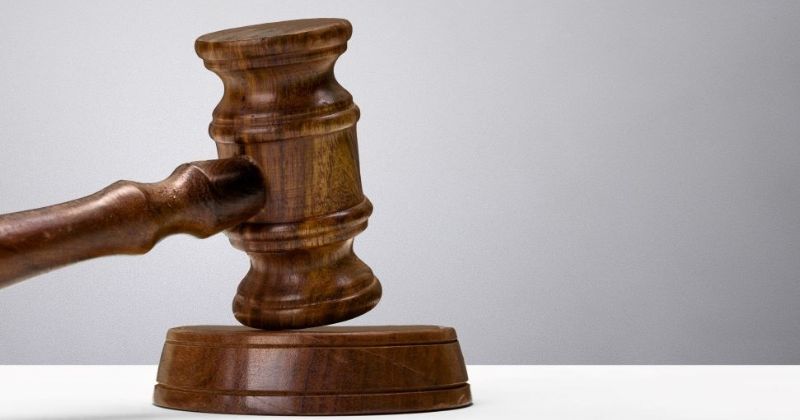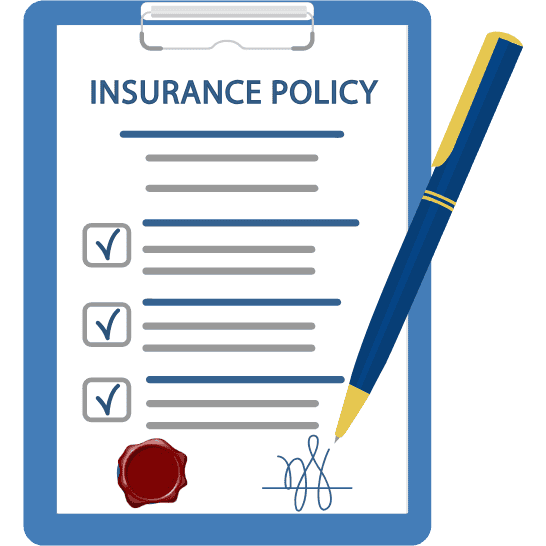Loans have become an essential financial tool in today's economy, providing individuals and businesses with the necessary capital to meet their immediate needs. However, the responsibility of repaying these loans is equally important, and failing to do so can lead to severe financial and legal consequences.
For many borrowers, loan defaults can lead to significant stress and confusion, especially when legal action comes into play. In this article, we’ll explore what happens when a loan is defaulted on, how legal actions unfold, and how services like RupeeRelief can assist individuals facing such situations.
What is a Loan Default?
A loan default occurs when a borrower fails to make required payments on a loan, either due to financial difficulties, negligence, or other reasons. This typically refers to missing several consecutive payments, but the specific definition can vary based on the terms of the loan agreement. Loan defaults can happen with any type of loan—whether personal loans, education loans, business loans, or credit cards.
A default is a serious matter, and it can have far-reaching consequences on a borrower’s credit score, legal standing, and overall financial stability. When a borrower defaults, lenders may initiate various actions to recover the amount owed, and legal action is often one of the steps taken in extreme cases.
Consequences of Loan Default
The consequences of defaulting on a loan can be distressing and include both financial penalties and legal actions. Here’s a closer look at the potential outcomes:
-
Damaged Credit Score: One of the immediate consequences of loan default is a severe hit to your credit score. The lender will report the missed payments to credit bureaus, and this can result in a substantial drop in your score, making it harder to secure credit in the future.
-
Accumulation of Fees and Interest: Once a loan goes into default, the lender may start charging additional fees and interest on the outstanding balance, which can further increase the debt owed. This can lead to a snowball effect, making it even more challenging to repay.
-
Debt Collection Actions: In many cases, lenders will hand over the debt to a collection agency. These agencies can be persistent and aggressive in their pursuit of payment. They may contact the borrower frequently, sometimes using high-pressure tactics to recover the debt.
-
Legal Action: If the debt remains unpaid for an extended period, the lender may decide to take legal action. This could involve filing a lawsuit against the borrower in court, which could lead to a court judgment against the borrower. The borrower may then be required to pay the debt in full or through a structured repayment plan.
-
Wage Garnishment: In extreme cases, a court may order wage garnishment, where a portion of the borrower’s income is deducted directly from their paycheck to satisfy the loan repayment. This can significantly affect the borrower’s financial stability.
-
Asset Seizure: For secured loans (such as home loans or car loans), the lender may have the legal right to seize the borrower’s assets (such as the home or car) to recover the loan amount. This is usually considered a last resort but can have a devastating impact on the borrower.
How Legal Action Works Against Loan Defaulters
Legal action against loan defaulters is often the last resort for lenders, but it can be a lengthy and complex process. Here’s a breakdown of how legal action typically works:
-
Notice of Default: The first step in the legal process is a formal notice of default. This document serves as a warning to the borrower that they are in violation of the loan agreement due to missed payments. In some cases, the borrower may be given a chance to bring the account current by paying the overdue amount.
-
Legal Demand Letter: If the borrower does not respond to the notice of default, the lender may send a demand letter. This letter outlines the amount owed, the consequences of non-payment, and a demand for payment by a specific deadline. If payment is not made, legal action may follow.
-
Filing a Lawsuit: If the borrower still fails to pay, the lender may choose to file a lawsuit in civil court. The lender must prove that the borrower owes the debt and has failed to repay as agreed. The borrower will be notified of the lawsuit and given an opportunity to respond.
-
Court Judgment: If the court rules in favor of the lender, a judgment will be issued. This judgment confirms that the borrower owes the debt and may outline repayment terms, including wage garnishment or asset seizure.
-
Enforcement of Judgment: Once a judgment is obtained, the lender can take further steps to collect the debt, including garnishing wages, freezing bank accounts, or seizing assets. The borrower may also be responsible for court costs and attorney fees, further increasing the total debt.
The Role of RupeeRelief in Loan Default Cases
Facing the threat of legal action due to loan default can be overwhelming. The stress of navigating the legal system, negotiating with creditors, and understanding your rights can add to the burden. This is where services like RupeeRelief can make a significant difference.
RupeeRelief is a service designed to help individuals who are struggling with unsecured loans, such as credit cards and personal loans. For those who find themselves in a situation where loan default is imminent, RupeeRelief offers comprehensive assistance in managing the debt and navigating the legal complexities that come with it.
Here are some of the ways RupeeRelief can help:
-
Debt Settlement Services: RupeeRelief offers professional debt settlement services, negotiating directly with lenders on behalf of the borrower. The goal is to reduce the outstanding debt, often by negotiating a lump-sum settlement for less than what is owed. This can provide significant relief to borrowers struggling with loan default.
-
Avoiding Legal Consequences: By working with RupeeRelief, borrowers may be able to avoid legal action altogether. The service can help create a structured repayment plan, reducing the likelihood of the lender pursuing aggressive measures such as lawsuits or wage garnishment.
-
Credit Score Improvement: One of the major benefits of using a service like RupeeRelief is the potential for improving your credit score. Debt settlement can help resolve outstanding debts, allowing borrowers to start rebuilding their credit over time.
-
Financial Education: RupeeRelief also offers financial education, helping individuals understand their financial situation better and empowering them to make more informed decisions in the future. This can prevent future defaults and ensure that borrowers are better prepared for managing debt.
-
Professional Legal Assistance: In cases where legal action has already begun, RupeeRelief can help connect borrowers with legal professionals who specialize in debt recovery cases. This ensures that borrowers have the right legal support to protect their rights and navigate the court system.
Protecting Yourself From Loan Default
Preventing loan defaults is always the best course of action. Here are some strategies to avoid falling into the cycle of debt:
-
Budget Wisely: Create a realistic budget that accounts for all your monthly expenses, including loan repayments. Stick to this budget as closely as possible.
-
Communicate with Lenders: If you’re facing financial difficulties, contact your lender early. Many lenders are willing to work with borrowers to modify payment terms or offer temporary forbearance.
-
Seek Professional Help: If you’re struggling to keep up with loan payments, seek help from a financial advisor or debt relief service like RupeeRelief.
Conclusion
Loan default can have severe financial and legal consequences, but it’s important to understand that help is available. Services like RupeeRelief provide valuable support for individuals facing the threat of legal action due to unpaid debts. By seeking assistance early, you can avoid the worst consequences of loan default and begin your journey toward financial recovery. Whether it’s negotiating with creditors, creating a manageable repayment plan, or receiving professional legal guidance, taking action now can help you regain control of your financial future.


